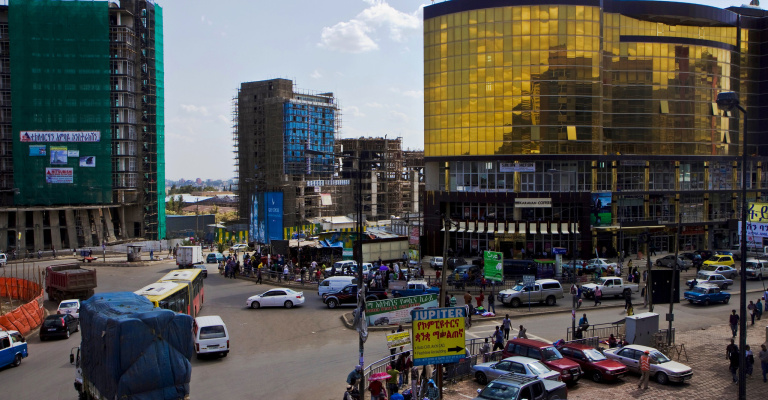
The European External Investment Plan: Challenges and next steps for a game changer
The European External Investment Plan (EIP) provides an attractive framework to leverage private investments differently, improving on current practices to foster sustainable and inclusive growth and create more decent jobs. It can represent a major paradigm shift in EU development policy and influence the way the EU will position itself beyond 2020, as the EU seeks to use its aid and policy-clout to leverage private investments in a fully integrated manner.
This page is also available in French
Summary
To turn commendable aspirations into reality, a number of implementation challenges have to be addressed: i) operationalising the integrated EIP’s three-pillar approach, ii) better harnessing (European) development finance entities to the EU agenda and the SDGs, iii) reconciling development impact, risk levels, and disbursement requirements with the pressure to show results, iv) adopting effective and transparent monitoring and results in measurement system, v) fostering complementarity and coherence with other instruments and initiatives, vi) building on African own initiatives and institutions, and vii) better taking into account political economy dynamics on the ground. The EU’s biggest challenge will thus be to overcome a natural tendency towards institutional inertia, which could be compounded by the rather conservative attitude of many financial entities, not least when dealing with development.
We propose five areas that should immediately be addressed to avoid ‘business-as-usual’: 1) better reflecting on past (EU) blending experiences and lessons learnt, 2) ensuring complementarity and linkages with other actors, strategies and instruments, 3) better monitoring and evaluation practices and principles, and prudent project selection/eligibility criteria, 4) ensuring linkages to and integration of political economy dynamics, and 5) better integrating African strategies and (finance) institutions. Addressing those can further help the EIP to be the game changer in developing a sustainable pipeline of projects and effectively connecting financial and non-financial support.



